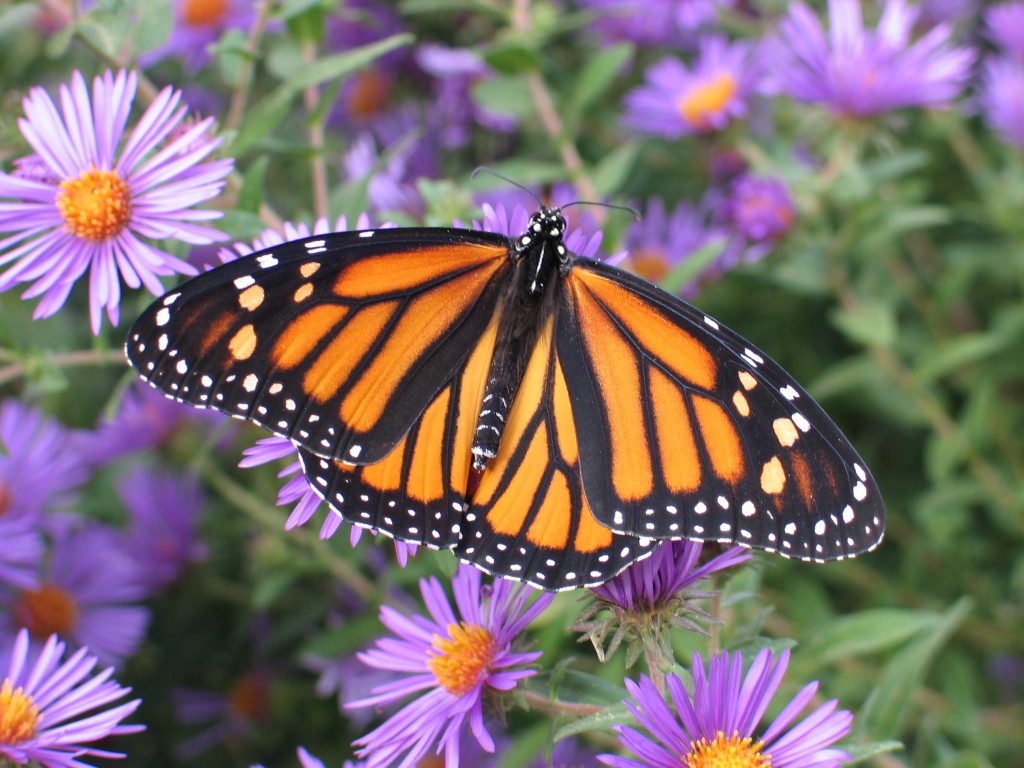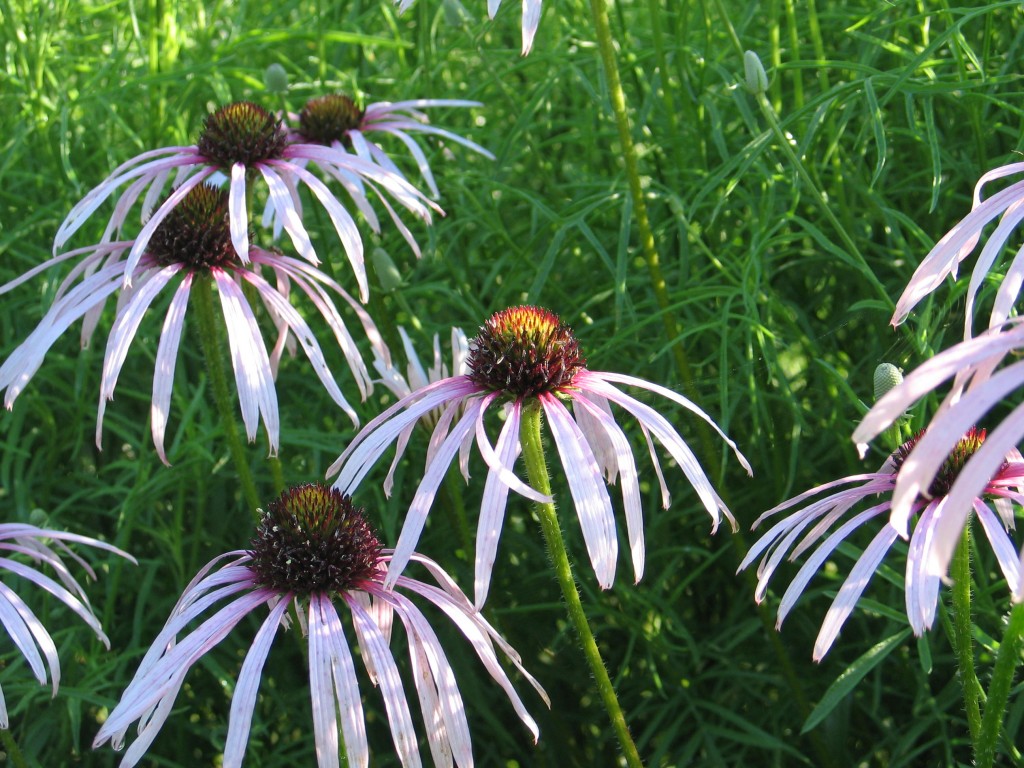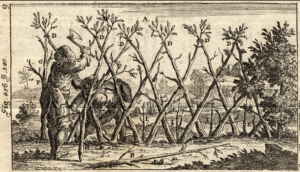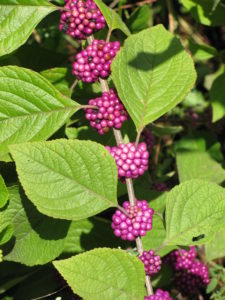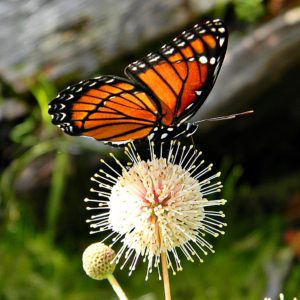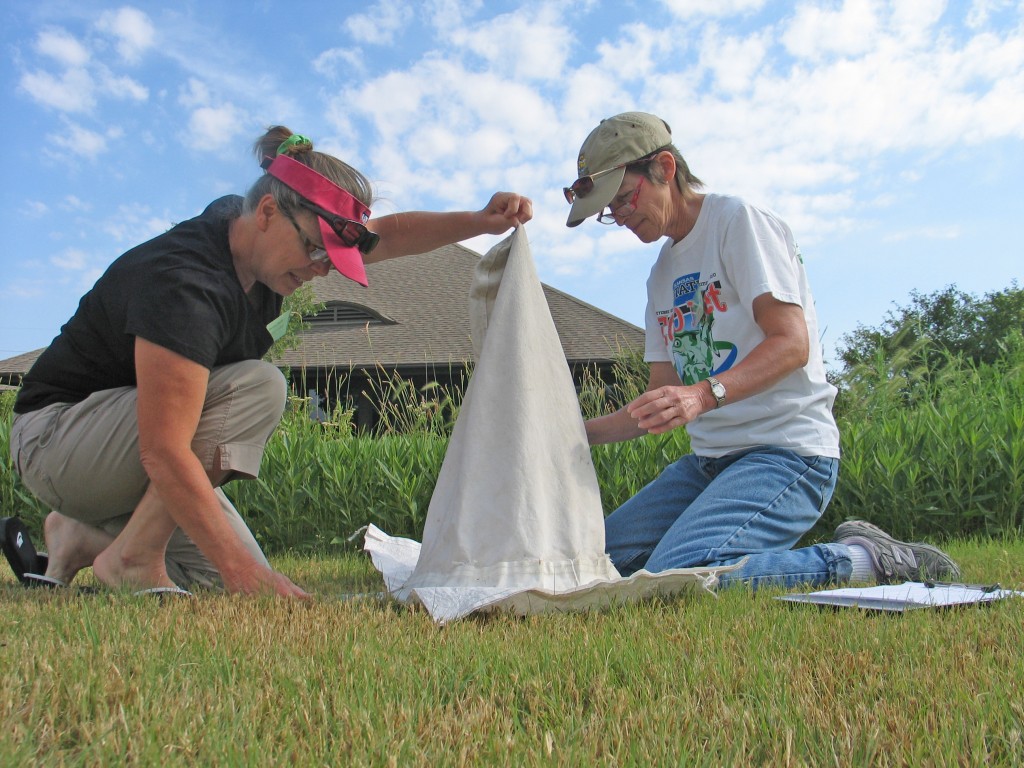Each fall there are a lot of articles and checklists outlining what you need to do to make a healthy garden – a whole stack of chores that take so much time and effort. Who are you tidying for? Is all that raking, cutting, hauling, tidying, trimming and pulling necessary this time of year? I’m here to tell you to stop and take a few steps back before doing much yard and garden clean up this fall. Here’s my fall checklist for a wildlife beneficial landscape:
Habitat=Wildlife
First, all that tidying is destroying habitat and making it more difficult for backyard wildlife to survive the winter in your landscape. Leave your perennials and grasses standing through the fall and winter. These plants are resources for wildlife, offering shelter, overwintering sites and sometimes food. Cut back perennials and grasses in early spring.
There is one exception – if you have diseased plants, cut them back now and dispose of the debris, but not in the compost pile.
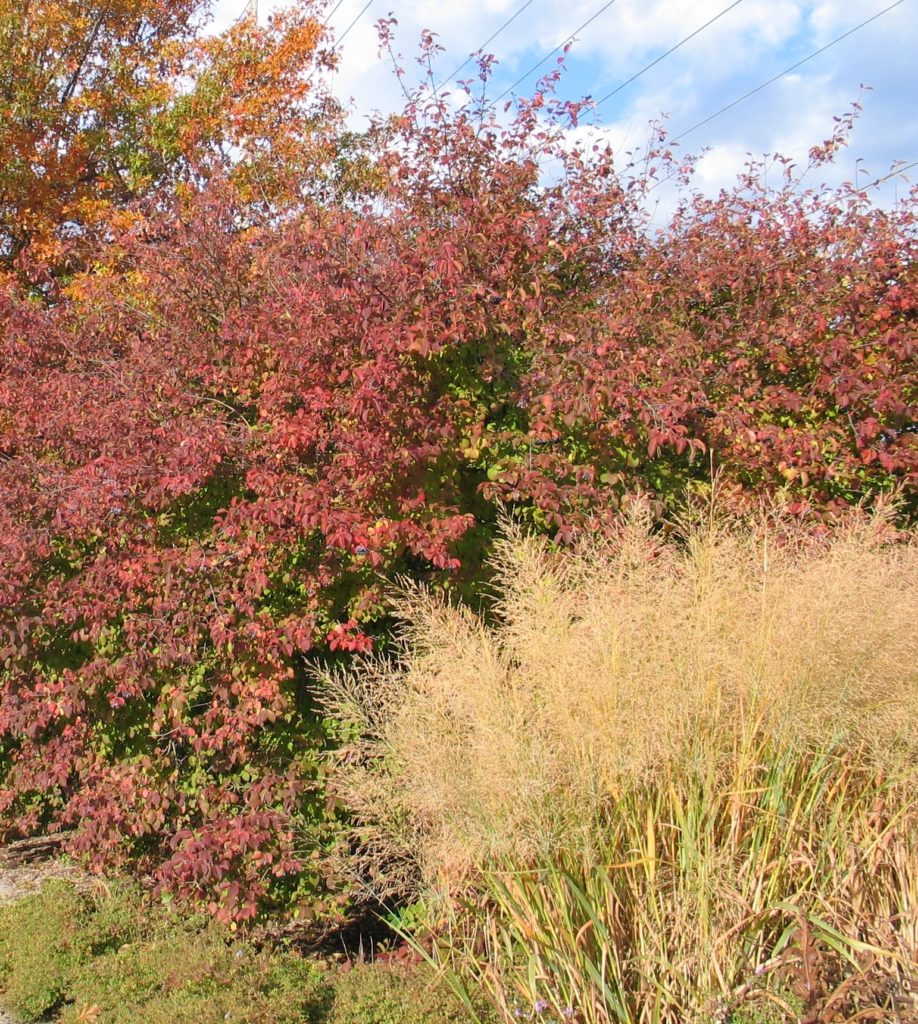
Mulch
DO spread mulch around trees and shrubs. A fresh layer of mulch insulates the soil from weather extremes. Two to three inches of mulch helps conserve water and control weeds. Too much mulch though can be a real problem as it seals off the soil from air exchange and makes soil go into an anaerobic state too wet for plants to thrive. Mulch is a good way to keep mowers and string trimmer away from the trunks and stems.
Walk about
DO take a walk through you garden and label any plants that you are thinking about moving in the spring. Look for signs of drought stress in your landscape and remember plants that have struggled this year. Unhappy plants may need a new home and would benefit from a space with more sun, more shade, or more or less water. By flagging them now, you will save yourself some time searching for them next March or April. Use durable labels with pencil markings or waterproof pen that will not fade from the sun to mark their location. Keep in mind that some of these plants may be very difficult to identify next year.
Ponder
DO assess your landscape as an ecosystem. Do you have the habitat that attracts pollinators and wildlife? Are there plant layers of trees, shrubs and perennials that mimic natural areas around you? What plants have you noticed are missing from your landscape? What is the starting point to create beneficial elements, layers and habitat in your landscape? Each different layer provides habitat and resources for different wildlife, so plan to include any missing layers in the spring.
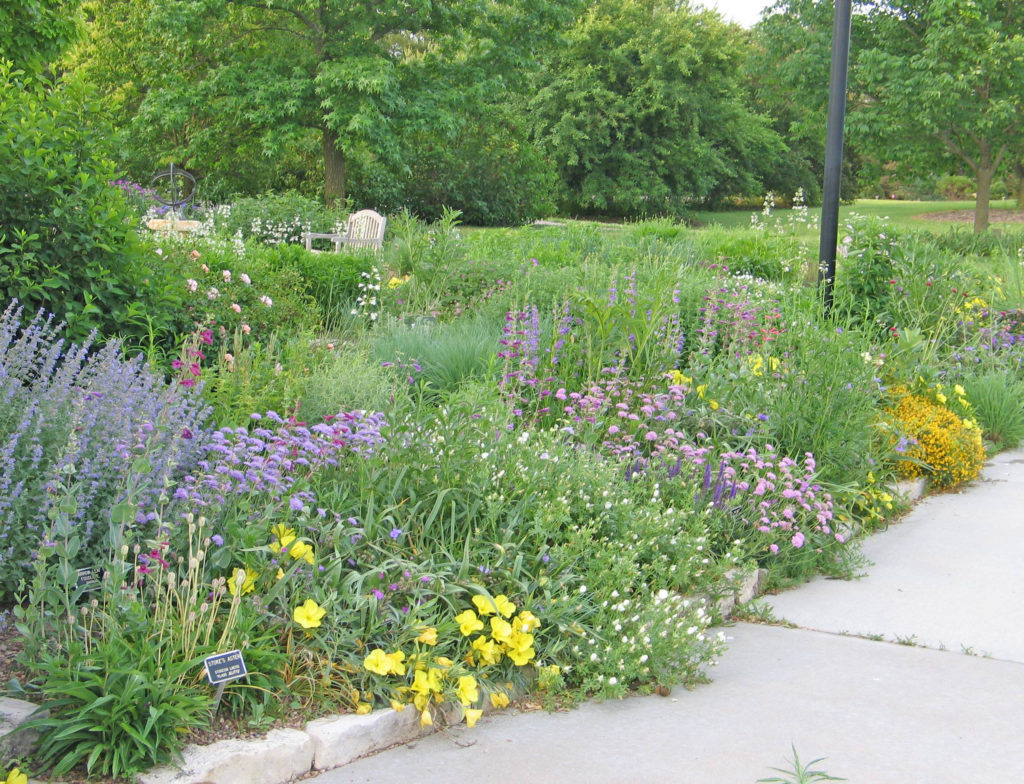
Look up and observe any pruning that needs to be done. Look for dead or diseased wood in your trees and shrubs and take note of path encroachment by neighboring shrubs. During winter, when these plants are dormant, is the best time to prune for best plant health.
Leaves
DO leave fallen leaves in place whenever possible. Don’t let them smother your lawn, but rather mulch them into the lawn with several passes of your mulching mower. If you are inundated with leaves, collect them and use them in plant beds. Leaves make excellent compost and add organic matter to the soil. It is often overlooked that leaves offer overwintering sites for invertebrates and other critters that are part of healthy ecosystems. Remove only as much as needed.
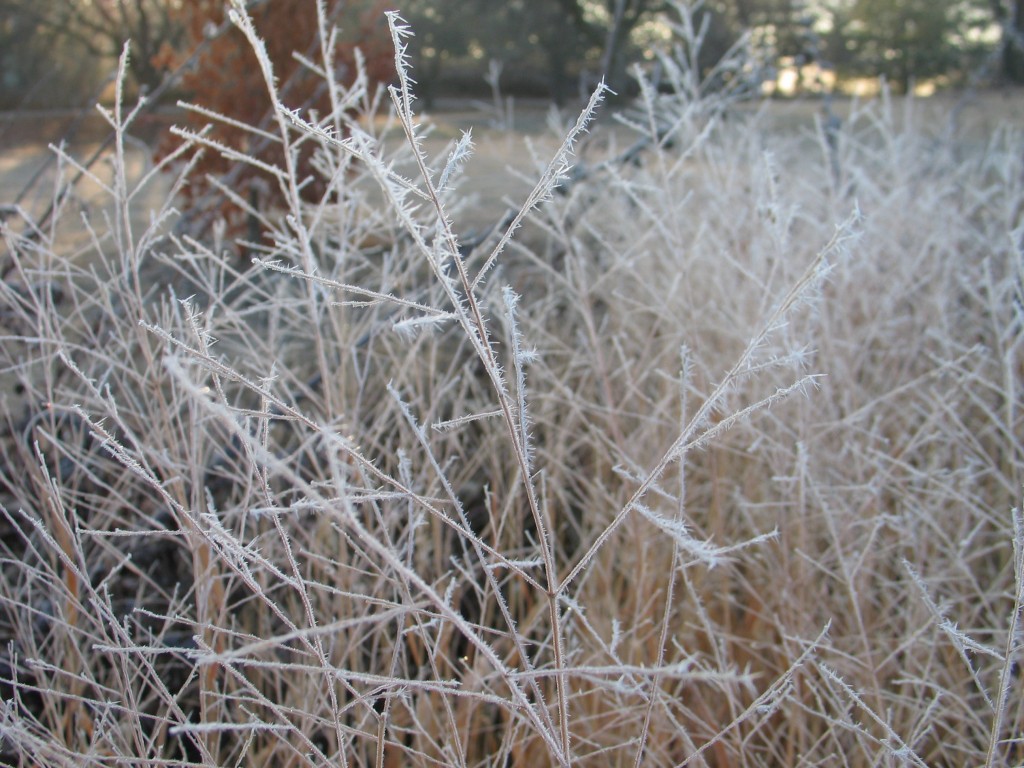
This whole growing season you have created habitat through the use of native plants. You have been careful to avoid the use of pesticides and herbicides as much as possible. Bird baths, feeders, brush piles, and nectaring plants have helped build up populations of bees, butterflies, bugs, birds and other wildlife.
You have created habitat so why destroy all that hard work by tearing it all down right now? Let the wildlife you have attracted to your landscape survive through the winter. Embrace a little untidiness. It will be worth it. Wait until March or early April to get your landscape ready for another growing season.




